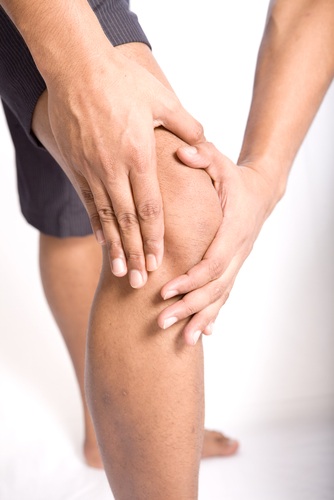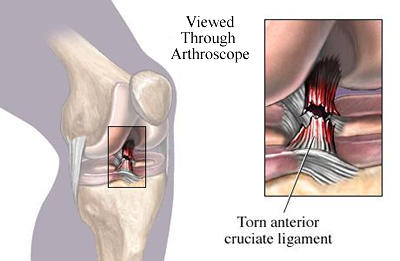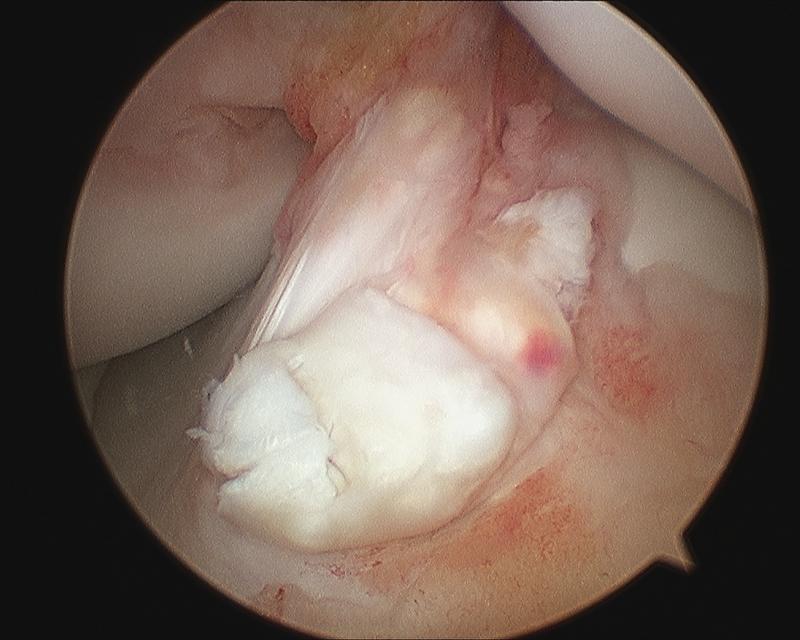Sam Akhavan, MD
Pittsburgh Orthopaedic Sports Medicine Doctor
Arthroscopy Surgeon for Knee & Shoulder Surgery, Pain and Injuries
SHOULDER
ARTHROSCOPY
SURGEON
KNEE
ARTHROSCOPY
SURGEON
6 Signs and Symptoms that you may have an ACL tear
1. A Recent Injury
An ACL tear occurs as a result of a traumatic injury. There are two mechanisms by which an ACL tear can occur.
In about 20% of cases, an ACL tear will occur as result of direct contact with the knee. In most cases, this will result in a hyperextension of the knee due to someone rolling over the front the leg. The majority of the time, however, ACL tears occur as a result of a non-contact injury.
In most cases, athletes will remember hearing a pop at the time of the injury, will have immediate swelling and will be unable to walk on their injured knee.
2. Knee Swelling
Swelling in the setting of an ACL tear reflects a serious injury and bleeding within the knee joint. The swelling will typically be immediate and large.
3. Knee Instability
The ACL is one of the main ligaments stabilizing the knee. Once torn, the knee may be give way or feel unstable. Repeated episodes of instability increase the chance of other injuries occuring within the knee, such as meniscus tear or cartilage damage. As such, if the knee feels unstable, the athlete should be evaluated by a sports medicine specalist.
4. Clicking or Popping within the Knee
When the ACL is torn, the instability that results may lead the knee click and pop during knee motion. In addition, other injuries, such as a meniscus tear, cartilage damage or loose bodies may also cause this symptom.
5. Locking of the knee
Weakness of the knee may result from a chronic ACL tear. In some cases, patients with ACL tears develop a quadriceps-avoidance gait. In this type of gait, the patient avoids firing their quadriceps which may lead to aryphy and weakness of that muscle.
6. Loss of knee motion
Loss of motion of the knee means that the patient is unable to fully bend or straighten the knee, especially when compared to the opposite knee. It can be a result of many different pathologic processes within the knee (such as osteoarthritis, weakness of muscles surrounding the knee, etc..).
In the case of an ACL tear, loss of motion is typically a result of either swelling within the knee or due to inabity to fully bend or extend the knee due to the ACL stump getting in the way of knee motion.
ACL Tear?
Call For an Appointment Today
412-359-8095



